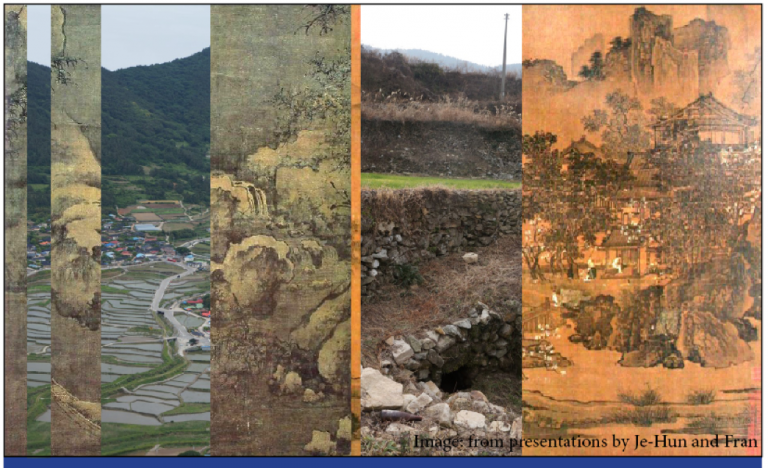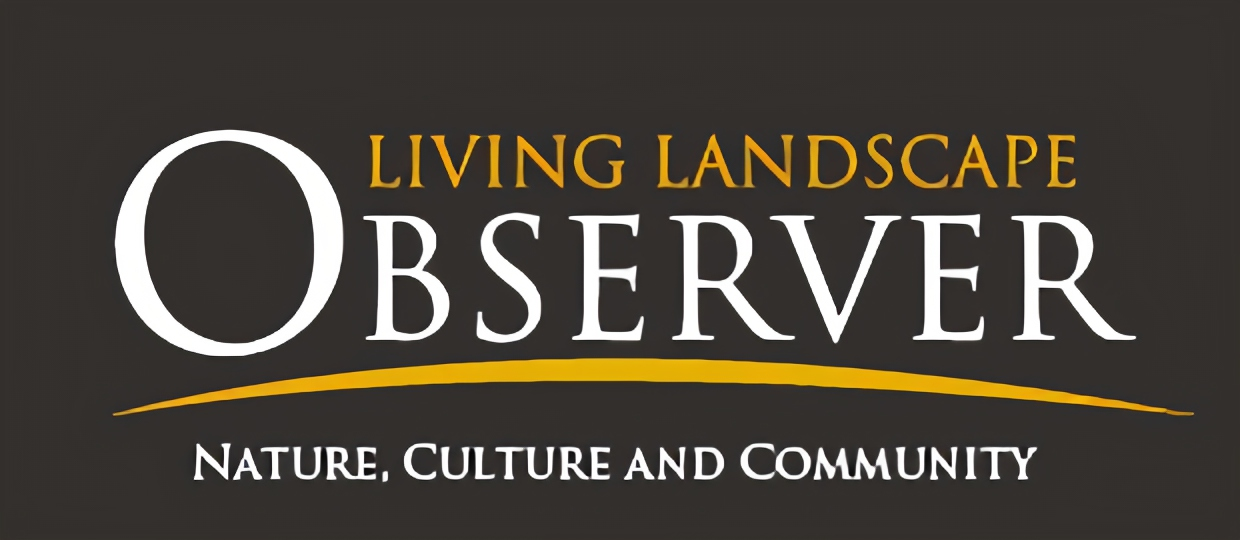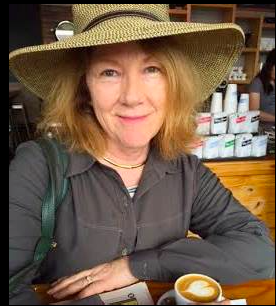To provide observations and information on the emerging fields of landscape scale conservation, heritage preservation, and sustainable community development.
Newsletter
Stay up-to-date with the latest nature, culture and community news.
We won’t spam you or share your information. Newsletters are sent approximately 10 times a year. Unsubscribe at any time.

US Public Lands: Where to Now?
While the big excitement is the passage of the America’s Great Outdoors Act, there is a lot more happening on our public lands and most of it is not good news. Negative impact include the shrinking of our national monuments as well as proposals for energy extraction and the roll back of regulatory protections.These actions leave cultural and natural resources vulnerable to destruction. But what about the future, where should we be heading?

Interview with Dr. Marcy Rockman
Interested in learning more about the intersection of climate change and cultural resource management? Read our interview with Dr. Marcy Rockman, an archaeologist with experience in national and international climate change policy. Dr. Rockman is currently working with the International Council on Monuments and Sites (ICOMOS) as Scientific Coordinator for a project to improve incorporation of heritage in reports of the Intergovernmental Panel on Climate Change (IPCC). From 2011 – 2018, she served as the U.S. National Park Service (NPS) Climate Change Adaptation Coordinator for Cultural Resources.
World Rural Landscapes Principles: Communicating and transmitting the heritage and Values of Rural Landscapes
In this final issue on these principles, we consider the essential need to communicate with the general public about the principles showing how heritage values

Naturecultures Dialogues: The theory of naturecultures integration
Je-Hun Ryu and Fran Han point at the problem of using the concept behind World Heritage “cultural landscape” in Korea and China respectively, because it follows a modern Western-European idea of nature, as separate from culture. They both explain the historical background in their own contexts of an undivided nature-culture paradigm, and where humans are understood as part of the natural world

Stemming the Tide: Global Strategies for Sustaining Cultural Heritage Through Climate Change
In March 2020 Smithsonian sponsored a symposium to tackle two perspectives on the climate crisis’s impact on cultural heritage – the threat to the resources and the value of these resources as a source of resilience for communities to address climate change. The gathering brought together a lineup of inspiring speakers to empower cultural heritage authorities, managers, and advocates to pursue more ambitious engagement and collaborative approaches with to the threat of climate change. This discussion is more relevant than ever.

US Public Lands: Where to Now?
While the big excitement is the passage of the America’s Great Outdoors Act, there is a lot more happening on our public lands and most of it is not good news. Negative impact include the shrinking of our national monuments as well as proposals for energy extraction and the roll back of regulatory protections.These actions leave cultural and natural resources vulnerable to destruction. But what about the future, where should we be heading?

Interview with Dr. Marcy Rockman
Interested in learning more about the intersection of climate change and cultural resource management? Read our interview with Dr. Marcy Rockman, an archaeologist with experience in national and international climate change policy. Dr. Rockman is currently working with the International Council on Monuments and Sites (ICOMOS) as Scientific Coordinator for a project to improve incorporation of heritage in reports of the Intergovernmental Panel on Climate Change (IPCC). From 2011 – 2018, she served as the U.S. National Park Service (NPS) Climate Change Adaptation Coordinator for Cultural Resources.
World Rural Landscapes Principles: Communicating and transmitting the heritage and Values of Rural Landscapes
In this final issue on these principles, we consider the essential need to communicate with the general public about the principles showing how heritage values

Naturecultures Dialogues: The theory of naturecultures integration
Je-Hun Ryu and Fran Han point at the problem of using the concept behind World Heritage “cultural landscape” in Korea and China respectively, because it follows a modern Western-European idea of nature, as separate from culture. They both explain the historical background in their own contexts of an undivided nature-culture paradigm, and where humans are understood as part of the natural world

Stemming the Tide: Global Strategies for Sustaining Cultural Heritage Through Climate Change
In March 2020 Smithsonian sponsored a symposium to tackle two perspectives on the climate crisis’s impact on cultural heritage – the threat to the resources and the value of these resources as a source of resilience for communities to address climate change. The gathering brought together a lineup of inspiring speakers to empower cultural heritage authorities, managers, and advocates to pursue more ambitious engagement and collaborative approaches with to the threat of climate change. This discussion is more relevant than ever.


